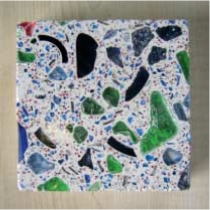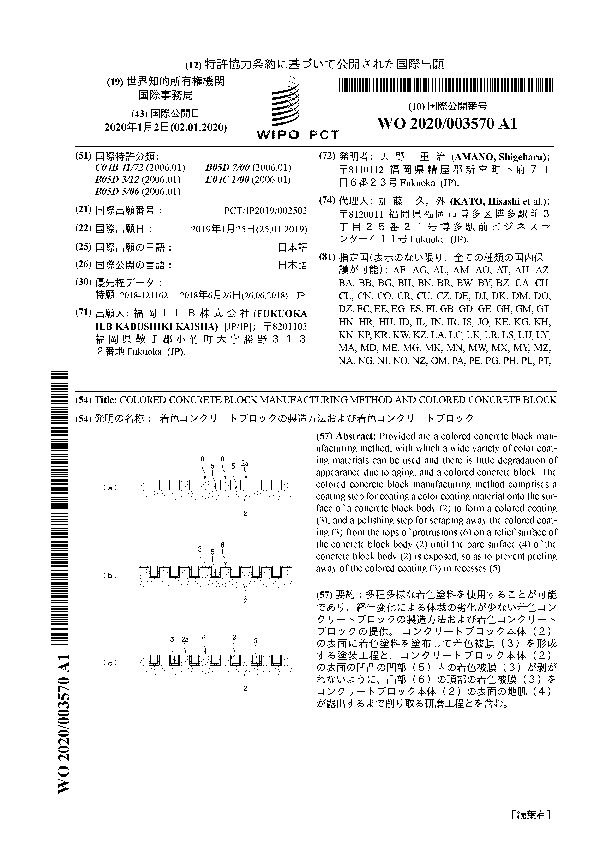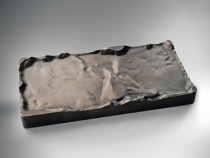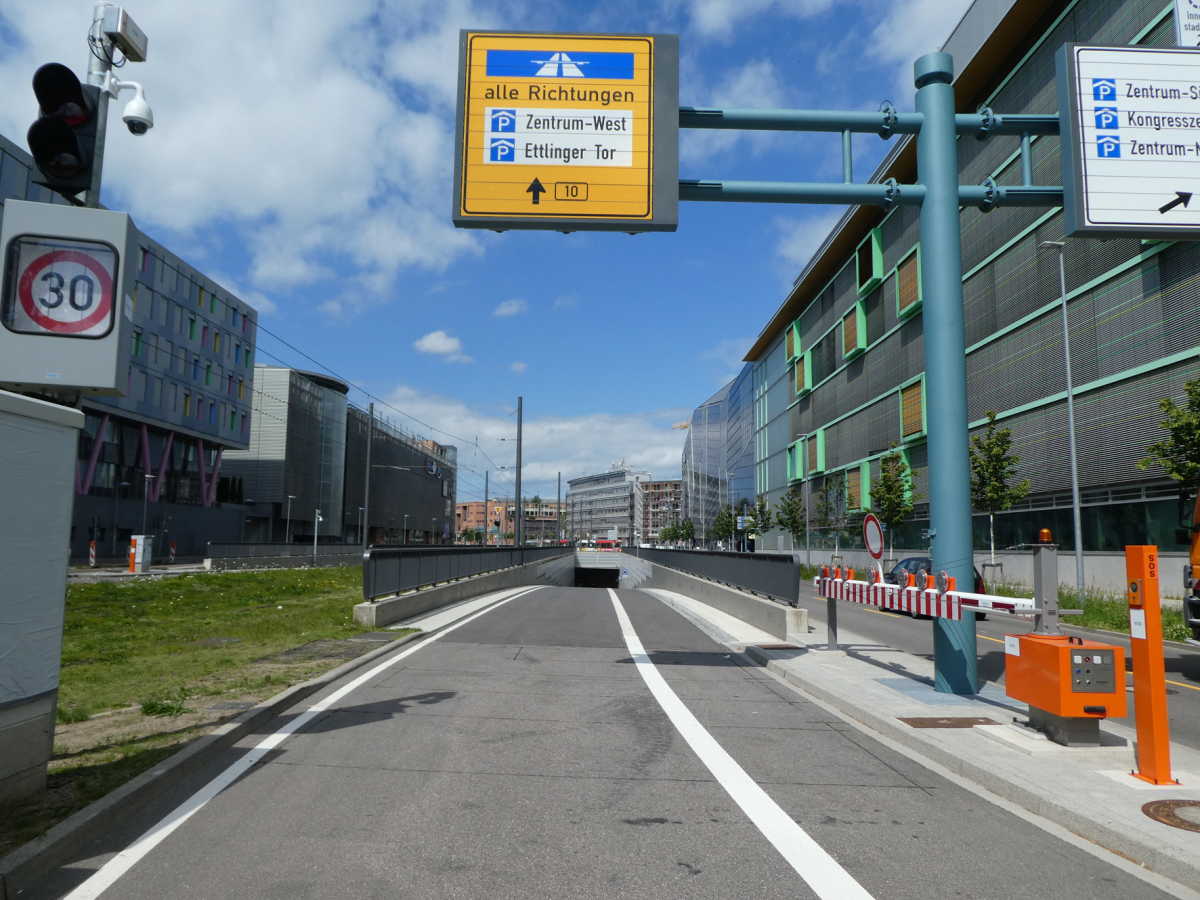New design options opened up by glass granules patented worldwide
The application of newly developed glass granules opens up an entirely new range of options for the design of concrete surfaces: The Fabrino Color Coats, which have been patented on a worldwide scale, can easily be added to any building material with mineral binders without having to modify the concrete mix design.
The key feature of these glass granules is a certain type of plastic coat. This coat prevents glass and concrete from coming into contact and reacting with each other. The glass granules have been jointly developed by Fabrino Produktionsgesellschaft mbH & Co. KG, headquartered in Aitrach in the State of Baden-Wurttemberg, and by Verano GmbH in Viersen. On the occasion of the 15th International IFF Conference held in Weimar, Managing Director Dr. Klaus Hörmann presented the new product to the public for the first time.
The product offers an almost unlimited range of design options as Fabrino Color Coats are available in virtually any size and color. Glittery golden concrete floors, scintillating silver external walls or multi-colored concrete pavers are just three of the numerous options. The Color Coats are glass granules with external surfaces being coated transparently or in a distinct color in a multi-stage finishing process. Over one million euros have been invested in their development. “Our aim was to develop glass granules that could be added to the concrete very easily while adhering to applicable standards and regulations,” Klaus Hörmann commented. The striking feature of these glass granules is their special plastic coat. During the production process, pigments and special binding agents are applied to the granules at high temperatures, and subsequently hardened. At the end of this process, the glass granules are enclosed by an enamel-like surface that is sanded in the final step. The coating prevents glass and concrete from coming into contact while the sanded finish ensures the bond with the cement.
Coating resistant to acid and alkaline impact
Experts know that glass is difficult to integrate in concrete since the alkali-soluble silicic acid of the glass reacts with the alkali hydroxide of the concrete, forming an alkali-silica gel. This may result in concrete cracking or spalling occurring at the concrete surface. However, these phenomena will not occur when using Fabrino Color Coats with their patented plastic envelope. This so-called coating is resistant to both acid and alkaline impact. It effectively prevents alkali-silica reactions (ASR) in inorganic or organically bound mortars and concretes. This effect is guaranteed by Fabrino Produktionsgesellschaft on the basis of several building materials tests that have been carried out. In the course of these tests, wetting and abrasion of the glass granules have been investigated for concrete mixes with varying workabilities. The subsequent inspection under the microscope showed that the color coat on the glass granules did not suffer any damage. “Following the processes of crushing, screening and washing, almost invisible cracks often run through the individual particles,” Klaus Hörmann explains. Since these cracks may cause damage, they must be eliminated. This is ensured by the application and burning-in of a reactive solution.
Many fields of application
Fabrino Color Coats can be combined with any aggregate or be used as the only aggregate bound with cement, bitumen or reactive resins. Even phosphorescent glass that is being charged during the day to provide an attractive illumination at night has now become an option. Fabrino Color Coats can also be used in pointing mortars or as road and tunnel markings.





